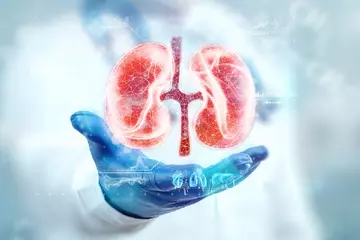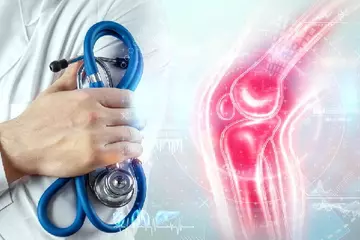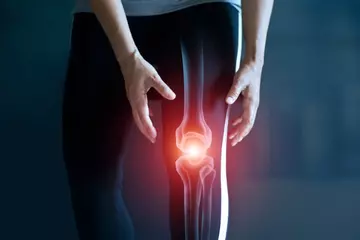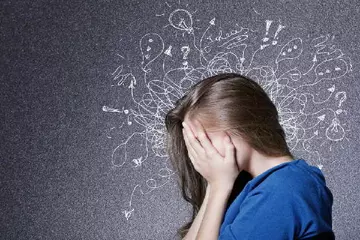Epstein-Barr virus (EBV) infection is a very common disease. Researchers say that most people get this viral infection by the age of six. Though the infection itself tends to be mild—with flu-like symptoms in children up to 10 years of age—the virus does not leave the body even after the infection clears. Instead, the virus remains latent (inactive) and may be reactivated later in life.
The symptoms of EBV infection tend to be relatively stronger when people contract it in their teen years or as grown-ups. The main signs of infection are fever, inflamed or sore throat, swelling in the lymph nodes of the throat, fatigue, enlarged spleen and/or liver and skin rashes.
The pathogen that causes this infection, Epstein-Barr virus, is a type of herpes virus that can infect people. Some of the other herpes viruses that affect humans are herpes simplex virus 1 and 2, varicella-zoster virus (which causes chickenpox) and cytomegalovirus.
Transmission of EBV usually occurs through saliva—the most well-known EBV infection, infectious mononucleosis, is sometimes called the kissing disease. That said, the virus can be transmitted by sharing drinks and utensils with an infected person. It can also spread through bodily fluids like blood. And though rare, EBV can be transmitted sexually, through semen.
The virus is most commonly associated with mononucleosis, also known as mono or the kissing disease. However, it has also been known to cause post-transplant lymphoproliferative disorder (PTLD), a type of cancer, in organ recipients and chronic active Epstein-Barr virus disease, a rare disorder in which the person is unable to beat the infection.
Additionally, research shows that EBV infection may increase the risk of nasopharyngeal cancer (or cancer of the back of the nose) and some autoimmune diseases such as systemic lupus erythematosus, multiple sclerosis, juvenile idiopathic arthritis, inflammatory bowel disease and type 1 diabetes.
Usually, mild infection in children clears up on its own within two weeks to one month. In grown-ups, EBV-linked fatigue can last for months. The treatment usually involves rest, drinking lots of fluids and over-the-counter medication for pain and fever. For complications of EBV infection such as PTLD, the duration of illness and prognosis can vary.
The virus gets its name from Anthony Epstein and Yvonne Barr—two of the three scientists, along with Burt Achong—who found out that EBV could cause cancer. This was the first virus known to be able to do this.
Here's everything you need to know about EBV infection and the kissing disease, mononucleosis:

 Doctors for Epstein-Barr Virus (EBV) Infection
Doctors for Epstein-Barr Virus (EBV) Infection 














































